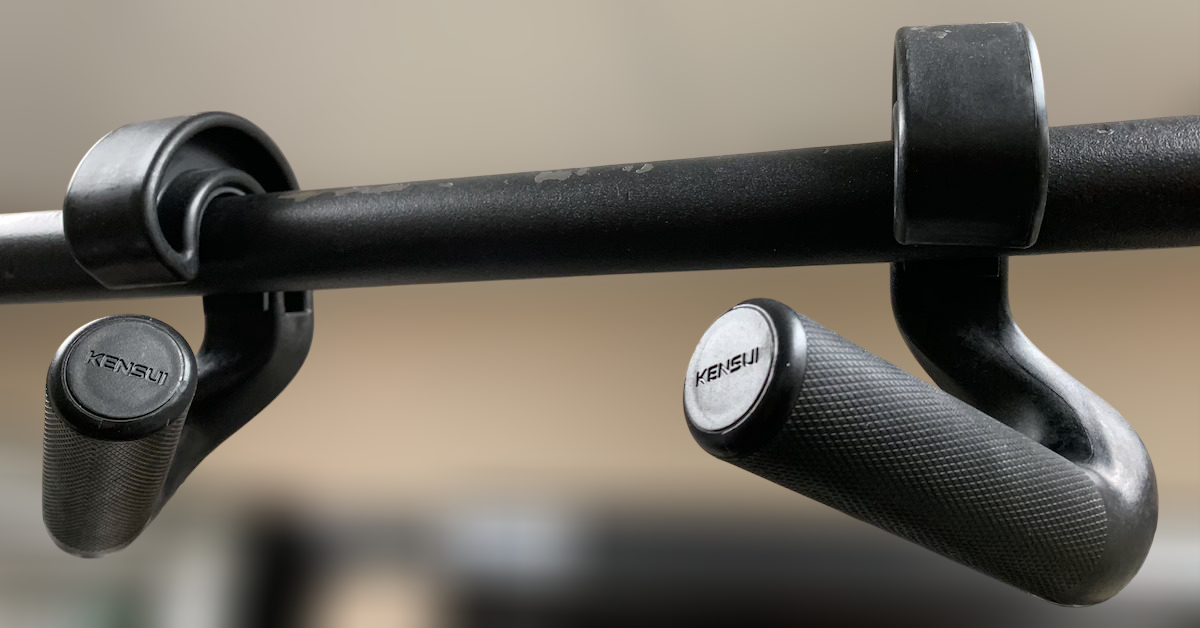Common Weight Training Injuries
JP: What are the most common weight training injuries you see in your practice?
Dr. S: The biggest issues I see stem from muscular imbalances—particularly between the superficial front and back lines (for more on this, check out Anatomy Trains). Tight hamstrings are a major culprit, but just as often, injuries come from weak supporting muscles.
For example, many lifters have strong upper traps but weak lats. This imbalance pulls the shoulder girdle closer to the clavicle, increasing the risk of rotator cuff impingement. The key is identifying and correcting these weaknesses before they lead to injury.
Speeding Up Recovery
JP: What are your top recommendations for accelerating injury recovery?
Dr. S: A combination of proper supplementation and smart training adjustments can make a huge difference. Here are some of the best recovery tools:
- Digestive enzymes – Help reduce inflammation and even have anti-cancer properties.
- Glucosamine & chondroitin – Essential for joint health, while bromelain (a digestive enzyme) specifically aids tendon repair.
- Healthy fats – Fish oil and GLA have powerful anti-inflammatory effects.
- Key vitamins & herbs – Vitamin C (2g), vitamin E (800 IU), MSM, reishi mushroom, cat’s claw, turmeric, and feverfew. Dosage depends on the injury.
Training Smarter for Strength
JP: You’ve put up some impressive strength numbers, and I saw you knock out multiple towel chin-ups with ease. Any strength-building tips?
Dr. S: The most common mistake I see is overtraining. If you’re over 35 and doing more than 10-12 sets per body part, you’re probably doing too much. Training legs more than twice a week? That’s likely overkill.
During a strength phase, keep leg work to once a week, and total training sessions to no more than three per week—especially if you’re doing cardio.
Another key factor is stress management. Research shows training more than three days a week can spike cortisol levels for up to four days. High cortisol = poor muscle growth. You need to train hard, stop the catabolic process, and allow recovery. A great way to do this? Branched-chain amino acids (BCAAs). Take them before workouts to lower cortisol and preserve muscle.
Addressing Weak Links
Another critical factor in strength development is fixing weak links.
- Always train unilaterally first to identify imbalances.
- Prioritize lagging muscles with extra work.
- Grip strength dictates overall strength—a weak grip will limit your lifts.
The most common weak points I see? Hamstrings (often overpowered by the glutes) and both the upper and lower back. Weakness in these areas is a recipe for injury.
A Secret for Stronger Biceps
JP: You once told me that limited-range calf raises target the medial head of the gastrocnemius. Got any other training secrets?
Dr. S: If I tell you, they won’t be secrets anymore! But here’s one.
A common injury I see is biceps tendon pain at the shoulder, often caused by lat pulldowns. Most people train biceps with just elbow flexion, but remember—the biceps function as both elbow and shoulder flexors. That’s why biceps injuries usually happen at the shoulder.
To fix this, train in three progressive phases:
- Stable position: Start with incline curls on a bench, focusing only on elbow flexion to avoid stressing the shoulder. This allows healing with increased blood flow.
- Contracted position: After a few days (or when pain subsides), progress to preacher curls.
- Unstable position: Finally, move to more unstable exercises, like Swiss ball incline curls, to build resilience.
Following this sequence speeds up recovery and prevents future injuries.
Tomorrow in Part 4, we’ll cover:
- Why breastfeeding women should avoid flaxseed oil
- Why eating seasonal fruit matters
- Dr. Serrano’s new food pyramid
- The importance of unsaturated fats
- Mercury toxicity and the safety of fish

Upgrade Your Pull-Ups with Swissies-SP Handles
Pull-ups are one of the best exercises for building back and arm strength—but not all pull-up bars are created equal.

No Time to Walk After a Meal? Do This Instead!
By now, most people know that getting in daily steps is essential for overall health. In particular, taking a short

Stay Fit on the Fly: No-Excuse Workouts for Travelers
One of the biggest challenges people face when traveling is maintaining their exercise routine. The two most common excuses? Lack
follow
Error: No feed with the ID 2 found.
Please go to the Instagram Feed settings page to create a feed.
